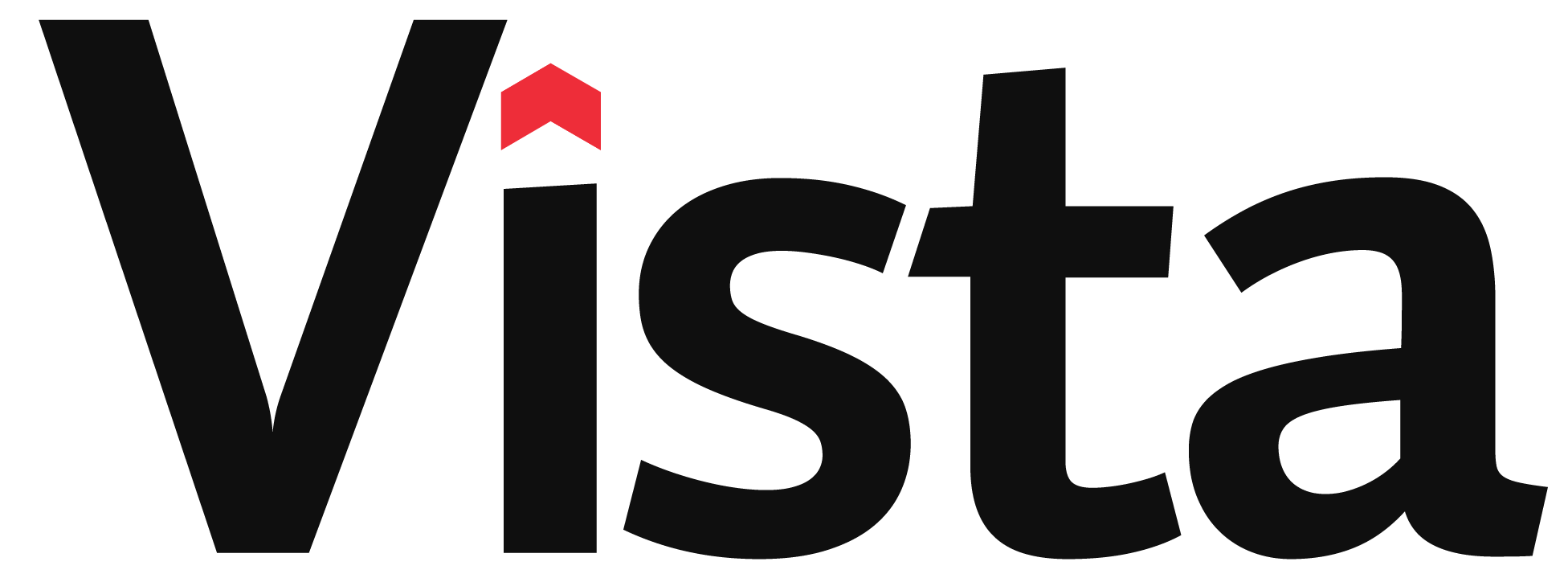What Business Are We In?
(2 minute read)
What do you think of the following statements?
“The railroads did not stop growing because the need for passenger and freight transportation declined. That grew. The railroads are in trouble today not because the need was filled by others (cars, trucks, airplanes, even telephones), but because it was not filled by the railroads themselves. They let others take customers away from them because they assumed themselves to be in the railroad business rather than in the transportation business. The reason they defined their industry wrong was because they were railroad-oriented instead of transportation-oriented; they were product-oriented instead of customer oriented.”
This is an excerpt from a 1961 article appearing in the Harvard Business Review titled "Marketing Myopia" by Theodore Levitt.
Although the example of railroads is outdated, the concept of positioning a business for growth is timeless. And Marketing Myopia has become a prophetic classic in its wisdom and application, even today. The video below is a nice summary.
To succeed, a company must concentrate on meeting customers’ needs rather than selling products and services. There is such power in positioning, but it takes keen planning, adaptability, customer empathy and orientation towards the future to successfully manage. It's imperative to know what business you are in.
A more modern example for the railroads is Blockbuster. From 1985-2013 Blockbuster rented films on VHS and DVD. At it's peak in 2004 they had over 9,000 stores and nearly 60,000 employees. However, due to heavy competition from another source (can you guess it), Blockbuster’s revenue dropped and in 2010 they were forced to file for bankruptcy. The company was then auctioned to Dish Network in 2011 and became defunct in 2013.
You might have already guessed that this “other source” was none other than Netflix. The streaming media company started with DVD-by-mail service in 1998, but began streaming content online in 2007, taking in revenue that otherwise would have gone to Blockbuster. Today Netflix has a market capitalization of $36.53 billion.
Blockbuster fell into the pitfalls of a myopic culture by concentrating on selling their product - DVD rentals. In comparison, as DVD-by-mail declined, Netflix had already pivoted to online streaming, and then eventually streaming their own content when the competition tightened. Netflix has always considered itself to be in the media streaming business, which has allowed it to adapt to the needs of their customers.
Positioning your business is crucial. Marketing Myopia has endured as a business principle for many decades now. Focus on customer needs, not what products you have to sell. Those who ignore it are likely to suffer.
Not only does it prevent a short-sided mindset, but it also provides operational direction for the change that is necessary to continue fulfilling the wants and needs of your customers. With careful positioning and management, a company can succeed even in the most volatile and competitive environments.





